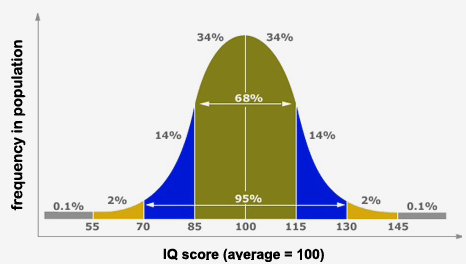
Limit your finger and hand movement to what is important to press a specific key. Never look at the keys when you type slide your finger around until they find home row marking. To achieve the results, select a touch typing course for your keyboard layout and in any language. Eventually, you will find out that you're typing easily, quickly, and conveniently. This method seems inconvenient at first, but it does not stop.
To press the Space bar, use the thumb of whichever hand. SHIFT key is pressed y the pinky finger opposite to the one hitting the other key. Your keystrokes should come at equal intervals, maintain and establish a rhythm while typing. On the keyboard Imagine the location of the symbol when typing. Return to the starting position of fingers ASDF – JKL. Press keys only with the fingers for which they've been reserved. The color-coded keyboard under the lesson input field will help you to understand the finger must press each key. F and J under the index finger must have a raised line on them to aids in finding these keys without looking Keyboard Scheme This row is called HOME ROW because when you start typing, you will start from these keys and return to them. Best Home Row PositionĬurve fingers a little and put them on the ASDF and JKL, keys in the letter keys' middle row. Try not to shift your body weight to the wrists by resting on them. The wrist can touch the tabletop in front of the keyboard. Must keep at least 45 to 70 cm of distance between your eyes and screen.Įxpose the arm, shoulder, and wrist muscles to the least possible strain. Face the screen with head slightly tilted forward. Importantly keep your elbows bent at the right angle. Sit straight and must keep your back straight. It would be best if you practiced regularly, and your fingers will learn their location on the keyboard with the muscle's memory. Thanks to that fact, you can quickly type without looking at the keys. Touch typing is all about the scheme that every finger has its own area on the keyboard. #Curved typing fingers how to
Stand up, turn around and sit back down againĪfter performing a selection of the above, which should take no longer than a minute, check your posture and return to work.Typing Practice Learning How to Touch Type. Pull your chin gently backwards to produce a ‘double chin’. Turn your neck to look to the right then left. Take your ear to your shoulder, repeat to the other side. If you are experiencing discomfort, carrying out some circulatory and mobilising exercises every 20-30 minutes should help you to control your symptoms: Use a light touchĬonsciously try to use the lightest touch possible. Use one finger from each hand to strike the keys and keep them in a good position while you do. By relaxing the thumb you tend to relax the whole hand. Gently hit the keys with your fingertips. Keeping this relaxed position, bring your hands to the keyboard. Typing with thumbs and little fingers upraised is a common problem. Move your arm from the shoulder, position your fingers over the keys and then strike. 
Avoid stretching the fingers to reach keys Move from your shoulder not your wrist, get used to using your whole arm to move your hands over the keys. Rest your forearms when you are not typing. When you type, let your hands float above the desk/keyboard. Typing technique Keep your wrists straightįor the wrist to be straight your hand must be parallel to the floor and the middle finger must be aligned with the centre of the wrist.





 0 kommentar(er)
0 kommentar(er)
